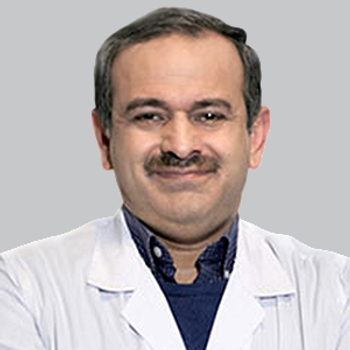
Gaps in Evidence for Later-Line Treatment for Infantile Epileptic Spasms Syndrome: Christina Briscoe, MD

The pediatric epileptologist at Boston Children’s provided clinical commentary on the potential reasons behind variability existed in using sequential versus combination therapy, third therapies, and adverse event monitoring for infantile epileptic spasms syndrome. [WATCH TIME: 3 minutes]
WATCH TIME: 3 minutes
"There’s this desert of evidence about what to do after the first two therapies fail. Without data, treatment decisions rely on local practice, available resources, and physician experience."
Infantile epileptic spasms syndrome (IESS) remains one of the most severe and treatment-resistant forms of early-life epilepsy, characterized by epileptic spasms, developmental regression, and a chaotic EEG pattern known as hypsarrhythmia. Early and effective intervention is critical, as delayed treatment is associated with poorer neurodevelopmental outcomes. Despite broad agreement on the use of hormonal therapy and vigabatrin as first-line treatments, the absence of strong comparative evidence for subsequent lines of therapy has left clinicians navigating a patchwork of institutional norms, resource availability, and individual experience.
In a recent multicenter study, Christina Briscoe, MD, a pediatric epileptologist at Boston Children’s Hospital, and colleagues recently assessed current treatment patterns for IESS across major pediatric epilepsy centers. While first- and second-line therapy choices showed consensus, substantial variability emerged beyond that point, particularly regarding combination versus sequential treatment, third-line therapies, and adverse event monitoring.
Briscoe sat down to discuss this variability, noting it reflects an “evidence desert” that persists due to limited research interest and a lack of new drug development in this rare and complex epilepsy. All told, Briscoe emphasized that these findings highlight the urgent need for coordinated efforts to establish standardized, consensus-driven treatment pathways for IESS.
REFERENCE
1. Briscoe C, Katyayan A, Harini C, et al. Treatment Practices for Infantile Epileptic Spasms Syndrome: Consensus and Variation in Major Pediatric Epilepsy Centers. Pediatr Neurol. 2025;174:46-53. doi:10.1016/j.pediatrneurol.2025.10.005
Newsletter
Keep your finger on the pulse of neurology—subscribe to NeurologyLive for expert interviews, new data, and breakthrough treatment updates.



































